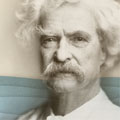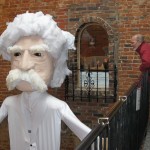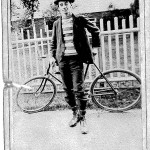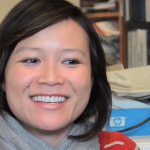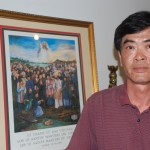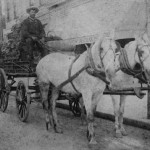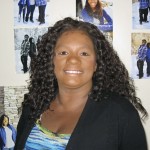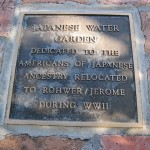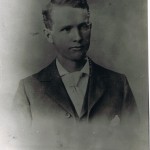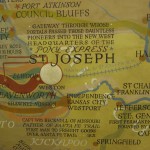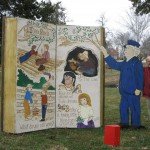Raymond Hernandez, 45, and I reminisced over coffee at a Starbucks in Chevy Chase, Md., about a career that has taken him from cub reporter for a 6,000-circulation, Massachusetts-mill-town daily to Washington-based investigative reporter for The New York Times, the world’s most powerful newspaper.
We recalled our first meeting, at a 1988 newspaper job fair in Syracuse, N.Y. I was editor-owner of the Southbridge (Mass.) News, recruiting for our dinky daily. He was a 22-year-old Pace University graduate who had majored in history. He had never taken a journalism course. He had no clips from the student newspaper and no professional journalism experience.
But he spoke perceptively about the writing style of New York columnists, showed me a writing sample about the aesthetics of color (he recalls it as awful, I recall it as good) and conveyed extraordinary passion about becoming a journalist. I offered him a job. No other recruiter did. He joined the News in January 1989.
I cannot remember his first article. But I can remember how he produced it—by staying up all night to write and rewrite. He sought perfection. A favorite photo of mine shows Hernandez in the early morning, after yet another all-night write-rewrite session, asleep at his desk. Of his 12-hour days at the News, he said, “It all seemed like one sleepless night.”
He wrote the bulk of a prize-winning, ten-part series, “La Tierra de Promesa: The Promised Land,” about Southbridge’s Puerto Ricans—1,500-2,000 people in a town of 17,000—and the discrimination they faced. Of Ecuadoran and Puerto Rican parents, Hernandez helped translate the series into Spanish so that we could reach the broadest possible audience.
Hernandez recalls our “really diverse newsroom,” with at one point 40 percent of the staff reporters of color, and the anger of some white readers at the paper and our series. “There was a lot of resentment,” Hernandez said, part of a larger fear that their town was being taken from them.
Hernandez regularly beat the big-city competition, the Worcester Telegram. As a reporter, he said, “I have to be willing to go through a wall.” That attitude was reflected in a January 1990 memo to me from Executive Editor Richard Osborne.
Osborne credited Hernandez with breaking several stories, including one about a head lice program in the Southbridge schools that the superintendent had wanted to keep quiet: The upset superintendent “demanded that School Committee members surrender their packets of official memos in a futile attempt to find the leaker.”
Shortly after, Hernandez moved to the Dayton Daily News and then, after three years, to a reporter trainee position at the New York Times. Often in 1993 he covered stabbings, stranglings and street protests from the Queens bureau and other Times outposts far from midtown Manhattan.
Eventually he undertook investigations and political coverage at the Times. He recently reported on irregular campaign donations to John C. Liu, the New York City comptroller who is a likely contender to succeed Mayor Michael R. Bloomberg: “People listed as having given to Mr. Liu say that they never gave, say a boss or other Liu supporter gave for them, or could not be found altogether.”
Perhaps Hernandez’s most controversial investigation led the paper’s front page on May 17, 2010. Hernandez reported that Attorney General Richard Blumenthal of Connecticut, a Democrat running for the U.S. Senate who claimed military service in Vietnam, gained five military deferments that allowed him to escape going to war.
Blumenthal supporters, media critics (especially Times haters) and Clark Hoyt, public editor of the Times, dissected Hernandez’s article. A Gawker column captured my sense of the controversy: “Even if every single point of criticism was 100% true, the Times still assembled enough unassailable facts to warrant the kind of full-frontal assault it launched.”
Hernandez and I ended our conversation by discussing an important question about identity. He has two sons, one in college, the other in high school. Do they see themselves differently than Hernandez sees himself? He said, “I see myself as a Hispanic man of color. It informs me in a way that it doesn’t inform my children.”
Perhaps that is more good than bad, an example of the next generation moving beyond categories of race and ethnicity that often defined and confined people in my Sixties generation.
Loren Ghiglione


